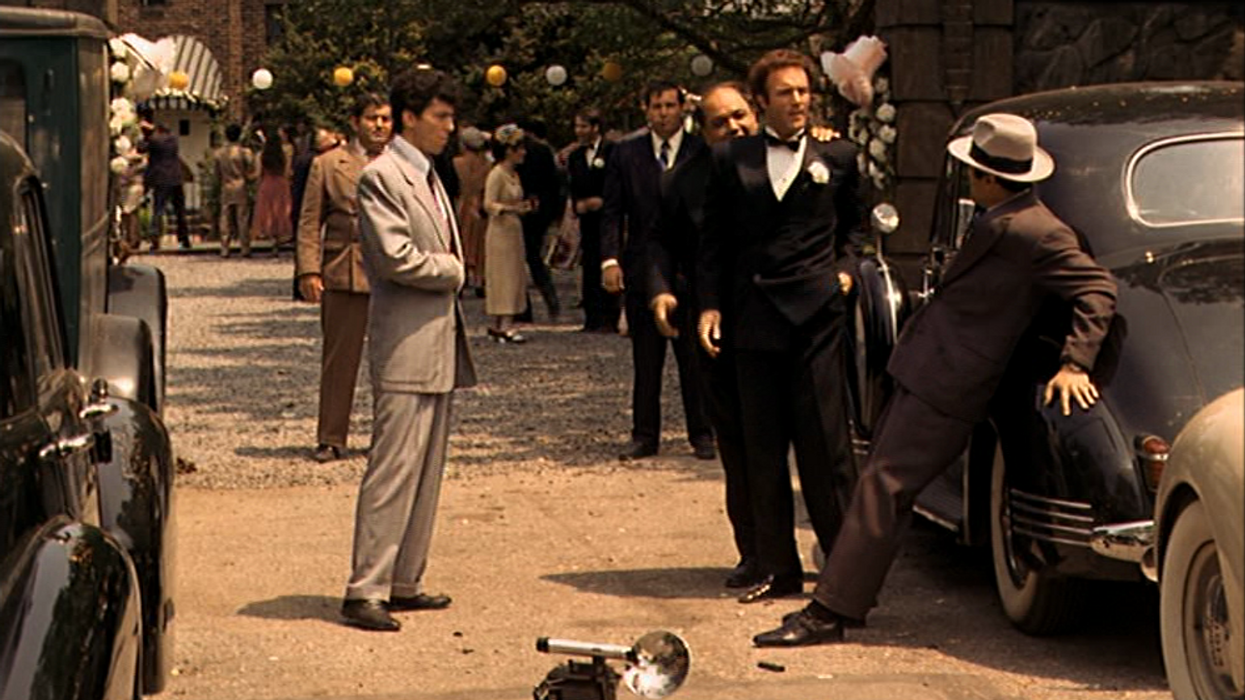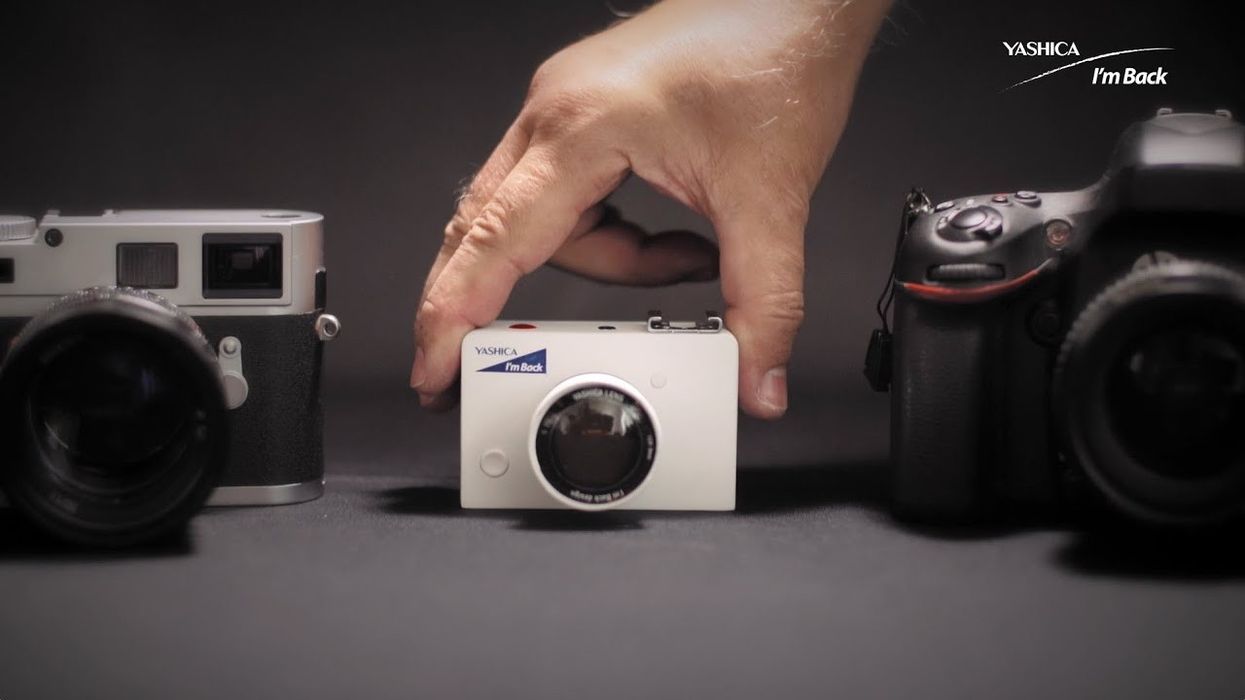Werner Herzog, Laura Poitras, and More Filmmakers Call for Encryption in Nikon and Canon Cameras
More than 150 filmmakers and photographers published an open letter to Nikon and Canon today to request in-camera encryption to protect their images from the moment of capture.

In The Godfather, in order to protect the privacy of the criminals attending a wedding, Sonny rips a photographer's camera out of his hand and breaks it on the ground to destroy the images. Today, police, the government, even just a jealous lover can easily take an SD card in order to do the same.
While encryption is possible with files on a hard drive, or with messaging through apps like signal, the original capture technology is still a hole in the encryption chain.
The today, the Freedom of the Press Foundation published an open letter to camera manufacturers signed by more than 150 filmmakers and photographers, including FPF board member and CITIZENFOUR director Laura Poitras. It bears the signatures of many accomplished filmmakers who have worked under risky conditions, such as Werner Herzog, who filmed in North Korea for Into the Inferno; Matthew Heineman, who documented the Mexican drug cartel in Cartel Land; and Craig Atkinson, whose film Do Not Resist exposes ugly truths about the militarization of American police departments.
Specifically targeting Nikon and Canon, the letter calls for encryption at the moment of capture; that way, even if your camera is confiscated or your SD card is somehow stolen, the images can't be viewed by anyone who doesn't have access to your encryption key.
For filmmakers especially, this will be a double-edged sword, since encryption comes with a higher processing load. If cameras do have internal encryption enabled, it is likely that it will only be available in lower resolution, lower bandwidth formats. But if you are shooting in a dangerous environment where your footage could be confiscated and potentially lead to ramifications for you or your crew, bumping down from UHD to 1080p could be well worth it.
You can read the full letter below.
Featured image from 'The Godfather'











